
Central Park: the green heart of New York City, home to joggers, picnickers, and… an army of invasive species taking over like they own the place. Forget about squirrels and sparrows—this park is being overrun by plants and animals that don’t belong. If someone doesn’t step in soon, Central Park could end up looking like a botanical battleground. Let’s take a look.
Invasive Species: The Ultimate Uninvited Guests
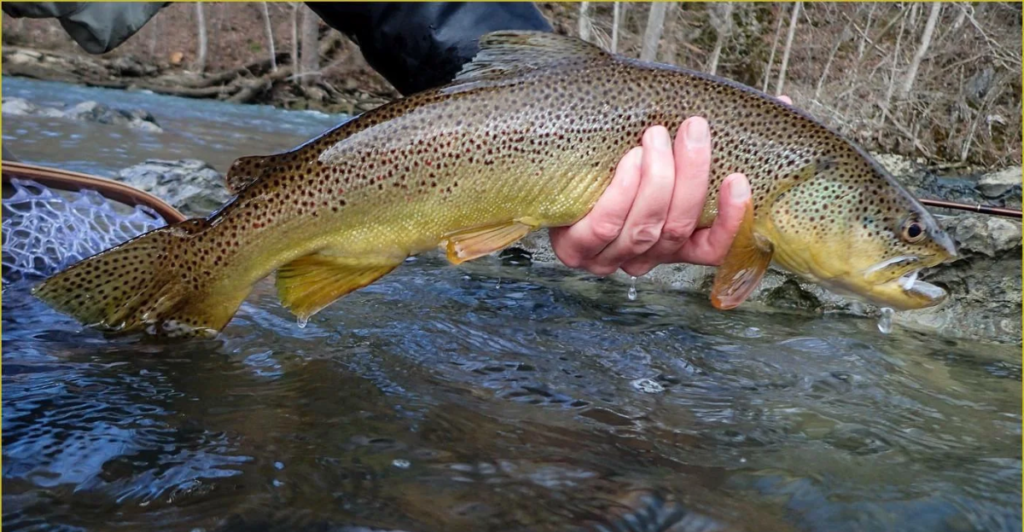
Invasive species are like freeloading roommates who refuse to leave. They show up, spread like crazy, and wreck the ecosystem. Unlike native plants and animals that keep things balanced, these invaders have zero natural predators—which means they multiply uncontrollably and start shoving everything else out.
Meet the Tree of Heaven

Sounds lovely, right? Wrong. The Tree of Heaven is Central Park’s worst nightmare. This fast-growing, take-no-prisoners tree sucks up resources, outgrows native trees, and releases chemicals that kill off competitors.
Asian Longhorned Beetles
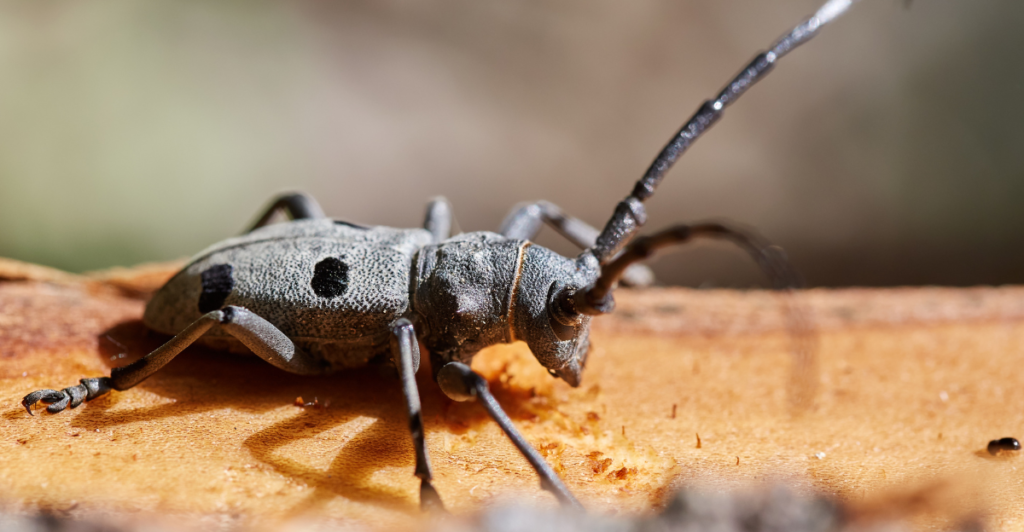
If you’ve ever seen a tree that looks like it’s been attacked by a tiny axe murderer, you can thank the Asian Longhorned Beetle. This insect bores holes into trees, lays eggs, and then lets its larvae eat the tree from the inside out. The result? Dead trees everywhere.
The Japanese Knotweed Crisis
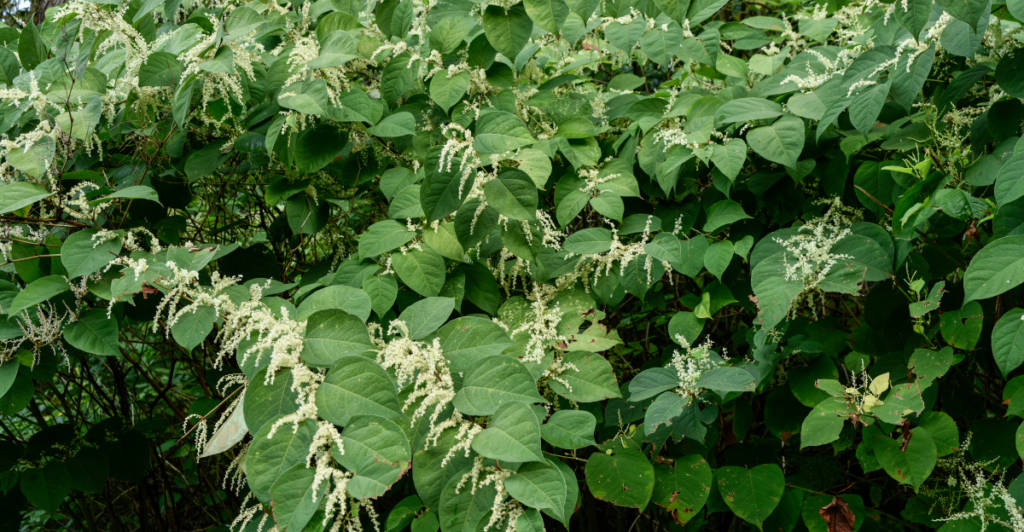
If weeds had a horror movie villain, it would be Japanese Knotweed. This plant grows through concrete, chokes out native plants, and is nearly impossible to kill. Even if you cut it down, it will grow back stronger—like some kind of botanical zombie.
The Rise of the Red-Eared Sliders

You’ve probably seen these little turtles chilling in Central Park’s ponds. Red-eared sliders are aggressive, outcompete native turtles for food, and spread like wildfire. People dump their unwanted pet turtles in the park, and before you know it, they’re everywhere.
European Starlings
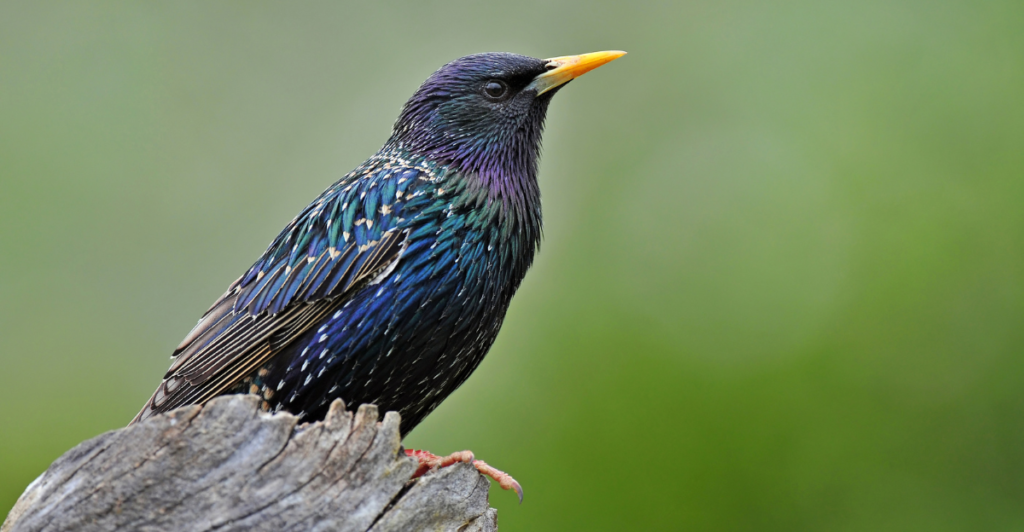
In the late 1800s, some genius decided to release European Starlings in Central Park because Shakespeare mentioned them. Now, there are millions of them, and they’re loud, aggressive, and outcompeting native birds. Moral of the story? Never release birds just because some guy from the 1800s thought it would be poetic.
Goldfish Gone Wild
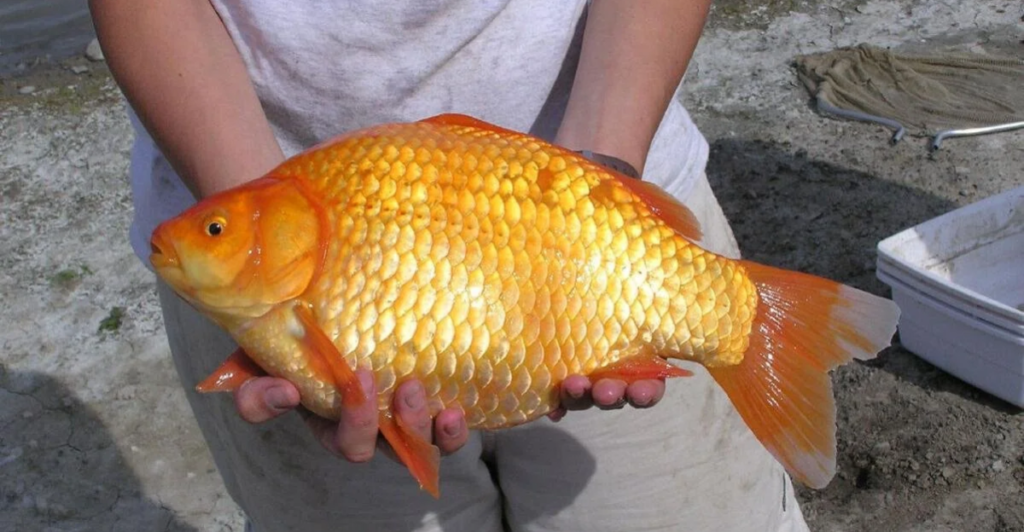
People think dumping pet goldfish in Central Park’s ponds is harmless. It’s not. These tiny fish grow into massive, ecosystem-destroying monsters that outcompete native species, stir up sediment, and wreck the water quality. Pet goldfish belong in a tank, not in the wild.
Spotted Lanternflies
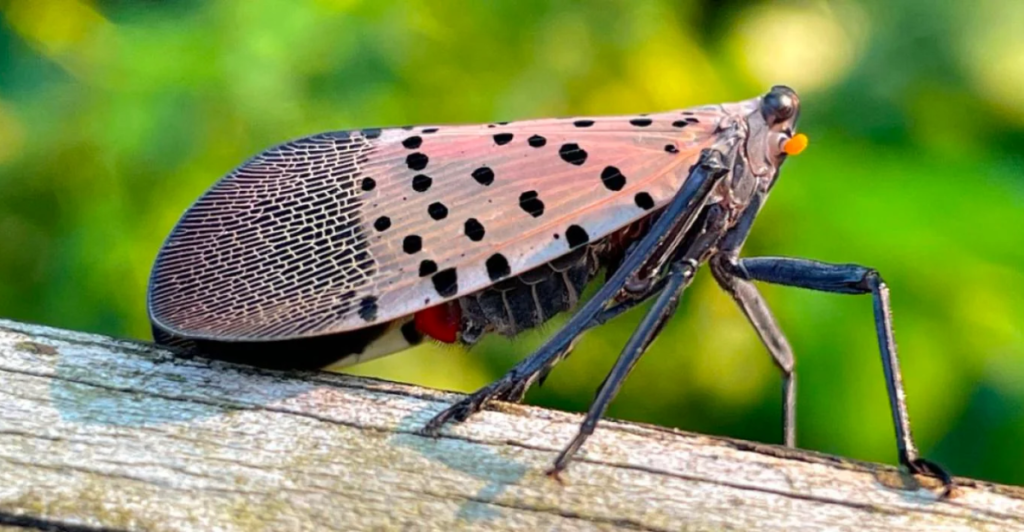
These red-and-black insects look gorgeous, but don’t let that fool you. They destroy trees, crops, and basically anything green. They’ve been spotted all over NYC, and now they’re turning Central Park into their personal buffet. If you see one? Step on it. Immediately.
The Rats That Love the Chaos

New York already has a rat problem, but invasive plants and animals are making it worse. More overgrown areas mean more hiding spots, more food, and more rats. And unlike native wildlife that keeps ecosystems balanced, these rats are pure chaos, spreading disease and breeding at record speed.
How These Species Got Here in the First Place

Most invasive species arrive by accident—hitching a ride on cargo ships, escaping from gardens, or getting dumped by clueless pet owners. Some were brought here on purpose, but once they arrive, they take over fast.
Can We Stop This Takeover?
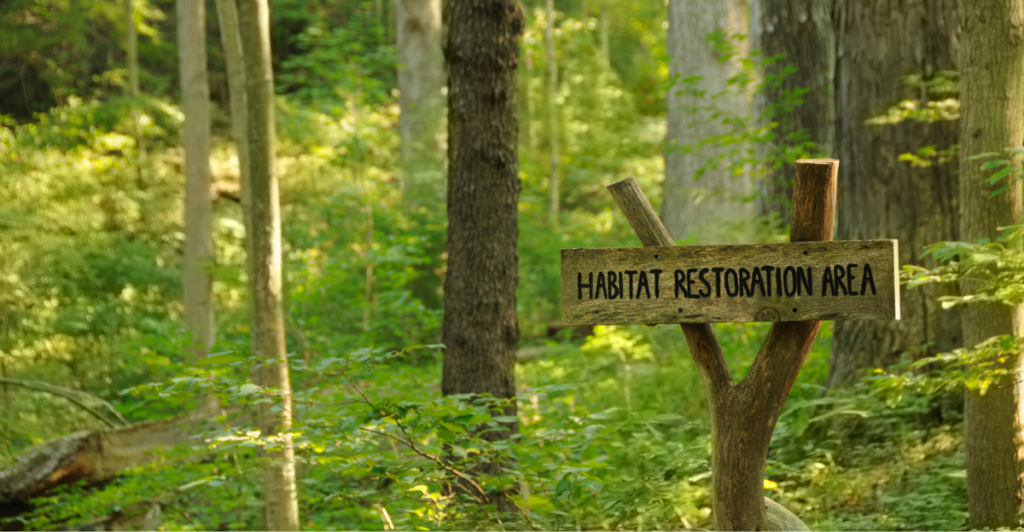
Conservationists are fighting back with controlled removals, habitat restoration, and public awareness campaigns. But it’s not easy—some of these species are nearly impossible to kill. Unless New Yorkers step up and help report and remove invasives, Central Park’s native ecosystem could be in serious trouble.
What Happens If We Don’t Act?
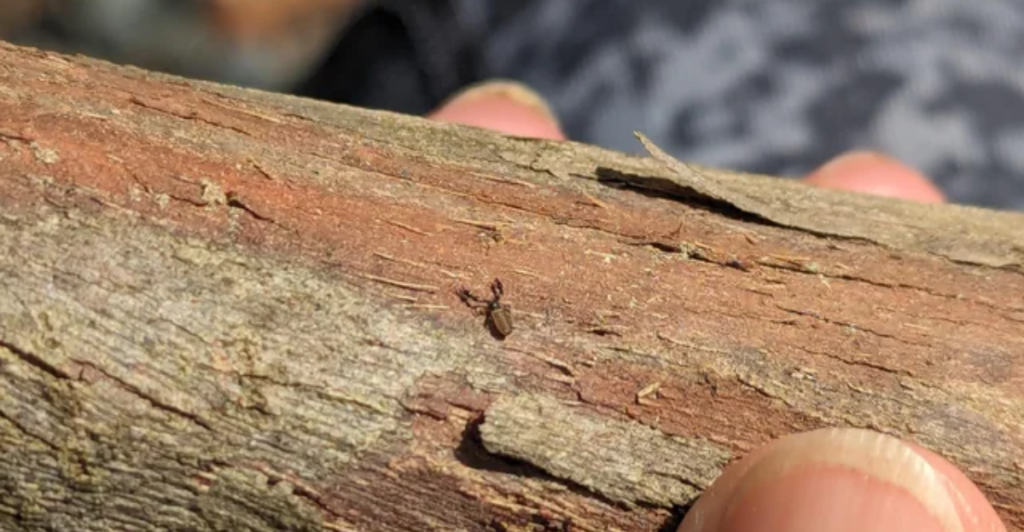
If invasive species keep spreading unchecked, native plants and animals could disappear completely. Central Park could end up overrun with weeds, pest-ridden trees, and invasive animals that outcompete everything else. The park we know today? Gone. And once an ecosystem collapses, there’s no undo button.
Central Park’s Future Is in Our Hands
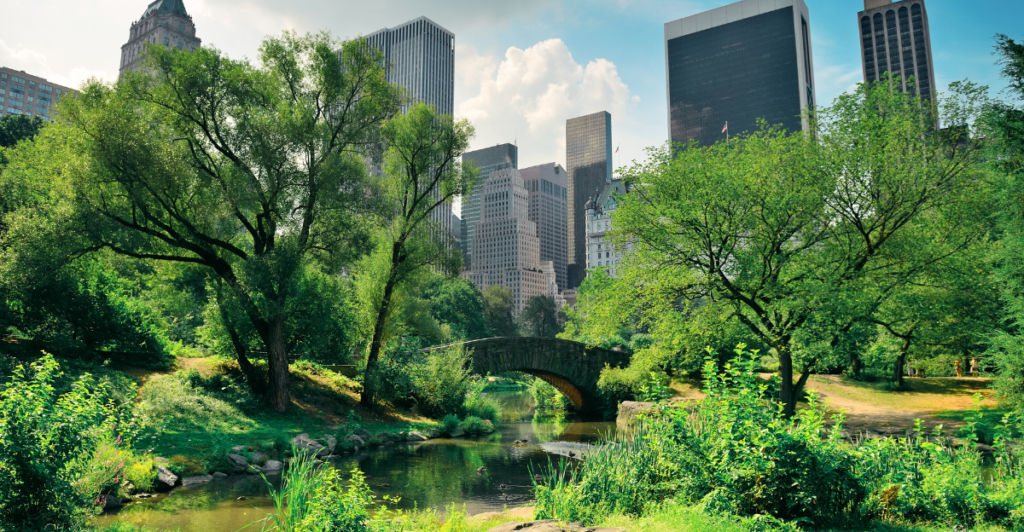
Central Park isn’t just a pretty green space, it’s an essential ecosystem in the middle of NYC. But if invasive species keep devouring everything in sight, it won’t stay that way for long. The good news? There’s still time to fix this. The bad news? If we don’t act soon, we might not recognize Central Park by 2070.







